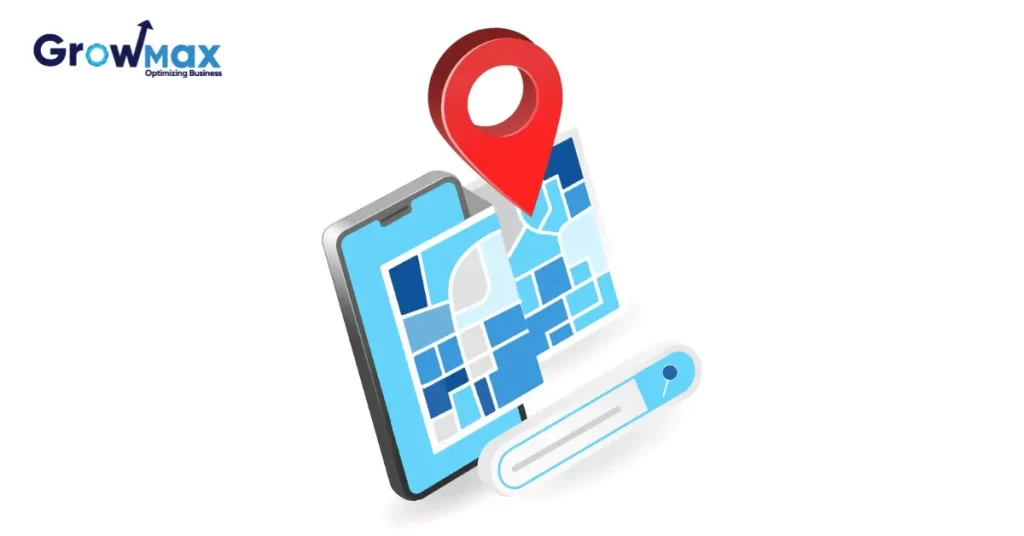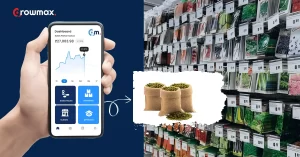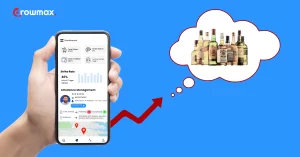Proper circulation of products across the markets is a crucial function for any FMCG/CPG firm. If a marketplace were a body, then delivery channels would be its nerves that carry and replenish the entire body with the product-blood.
It might not be possible for us to decide our nervous system in our body but when it comes to the marketplace, deciding proper delivery channels is not only possible but a crucial function of the management.
These channels, in the real world, are called beat plans.
This article provides you with a complete guide about beat plans, their importance, and their implementation in an organization.
What is a Beat Plan?
A Beat is a route that a salesman, SR, or DSR uses on any particular day to cover all the outlets in his sales territory. A Beat Plan, similarly, is the route plan that companies prepare for their salesmen to cover their entire geographical market and prospect outlets.
Also known as Permanent Journey Plans(PJP), it helps the firms to circulate their products to the right outlets and increase their efficiency in the replenishment cycles.
Beat planning, in the past, and its optimization function was done manually by Sales managers who had expertise and knowledge over specific areas in a city.
However, with the surge of retail outlets in the markets, effective beat planning became harder for the companies. So they shifted to technological alternatives for their beat plans.
These tech-backed plans allowed the firms not only in covering their existing market but also allowed them to go toward more prospective outlets and expand their sales.
Beat Planning system: How does it work?
A Beat Planning system refers to a piece of technology that allows firms to make dynamic and data-backed beat plans.
It gathers the data about the retail outlets, market maps, and other important factors, and combines them with its computational power to provide the best route plans for the sales representatives.
A good beat planning system is an important asset to the company that manages the circulation of its goods most efficiently and effectively.
Planning Process
Planning a route for product deliveries includes several steps. These steps may look simple but they play a significant role in determining the effectiveness of the beat plan.
1) Customer profiling
This step requires sales representatives to go to individual retail outlets and register the outlets in the system. Companies access these data wherever they need it.
2) Registering GPS locations
Registering the location points of the retail outlets is the second step in route planning. The GPS points allow the firm to put the outlets on maps.
3)Intelligent Routing
The final step in the beat planning process includes preparing an efficient route that covers all the outlets without unnecessary turns, repetitions and overlapping.
Doing this step manually often turns out as a mistake for companies because the human mind cannot account for hundreds of routes and billions of possible routes.
Some firms plan their beats using Google Maps. However, Google maps comes with its own limitations. One of the biggest limitations is that you cannot put more than ten outlet addresses.
The trick to achieving a good beat plan is to execute these 3 steps in the right way and sequence. It is possible only through an intelligent Beat Planning System along with some other features like performance tracking, beat transfer, and beat report card.
Why should you care?
As discussed above, a good beat planning system can be an important asset to a company. It provides numerous benefits to a firm. Here are some profound ones to consider:
1)Introduces a Systematic Approach
Errors and inconsistency are some obvious outcomes when routes are managed by humans. Managers working in different areas have different mindsets, capabilities, and ways of working.
Their efforts and techniques can never be similar and their efficiencies will always vary.
A Beat planning system solves this. It organizes the entire route planning process of a company and allows firms to adopt a systematic method.
Unlike the manual methods, Systematic methods use real-world data and are consistent with the other sales areas.
2) Prioritized allocation of products
A Beat Planning system allows the firm to prioritize its outlets and cater to the most important ones first.
FMCG firms have a diverse set of outlets to cater to. Some of them are the Key Accounts that have large purchase sizes and contribute a huge chunk to the area revenue. Delivering products to these outlets is the first priority of a sales manager.
A majority of outlets Regular accounts that purchase in average order sizes, these are the outlets that need to be covered after Key Accounts.
The rest are Not-so-profitable Accounts, that do not leave a big dent in area revenue, these outlets are either ignored or catered at last.
3)Operational Efficiency
Retail outlets are the last and most populated points of a distribution channel.
A company may have tens of manufacturing units, hundreds of SKUs, and thousands of distributors. However, when it comes to retail stores, the number can go very high, up to millions.
Therefore, distributing products to retailers is the hardest and most complicated for any firm.
Proper Beat Plans allow a firm to do so effectively and efficiently.
Having a solid distribution base helps companies to carry out the overall business operations efficiently with minimum wastage of resources.
4)Retailers Feel Confident
A fixed beat plan allows sales reps to arrive at a fixed interval of times. These constant intervals make retailers feel more confident about pre-planning their orders.
They know what products they need and when they will get them. This creates a Win-Win situation for both parties. A Sales Representative gets a predictable sales point and a retailer gets reliable inventory flow.
5)Automation
Beat Planning is an important aspect of inventory automation. It allows the firms to automate all the manual work including data collecting, mapping, and route planning.
Conclusion
A Beat is a route that sales representatives take to reach their area retail outlets. And a beat planning system is a technological device that helps businesses in planning, organizing, and optimizing their beats.
It allows them to automate retail capturing, profiling, and routing to make dynamic route plans.
Companies across the globe use Beat Planning Systems for several reasons. It allows them to introduce a systematic approach in their distribution, automate their processes and achieve operational efficiency.
Over To You
Still curious? Read this related article on Route Optimization systems.




